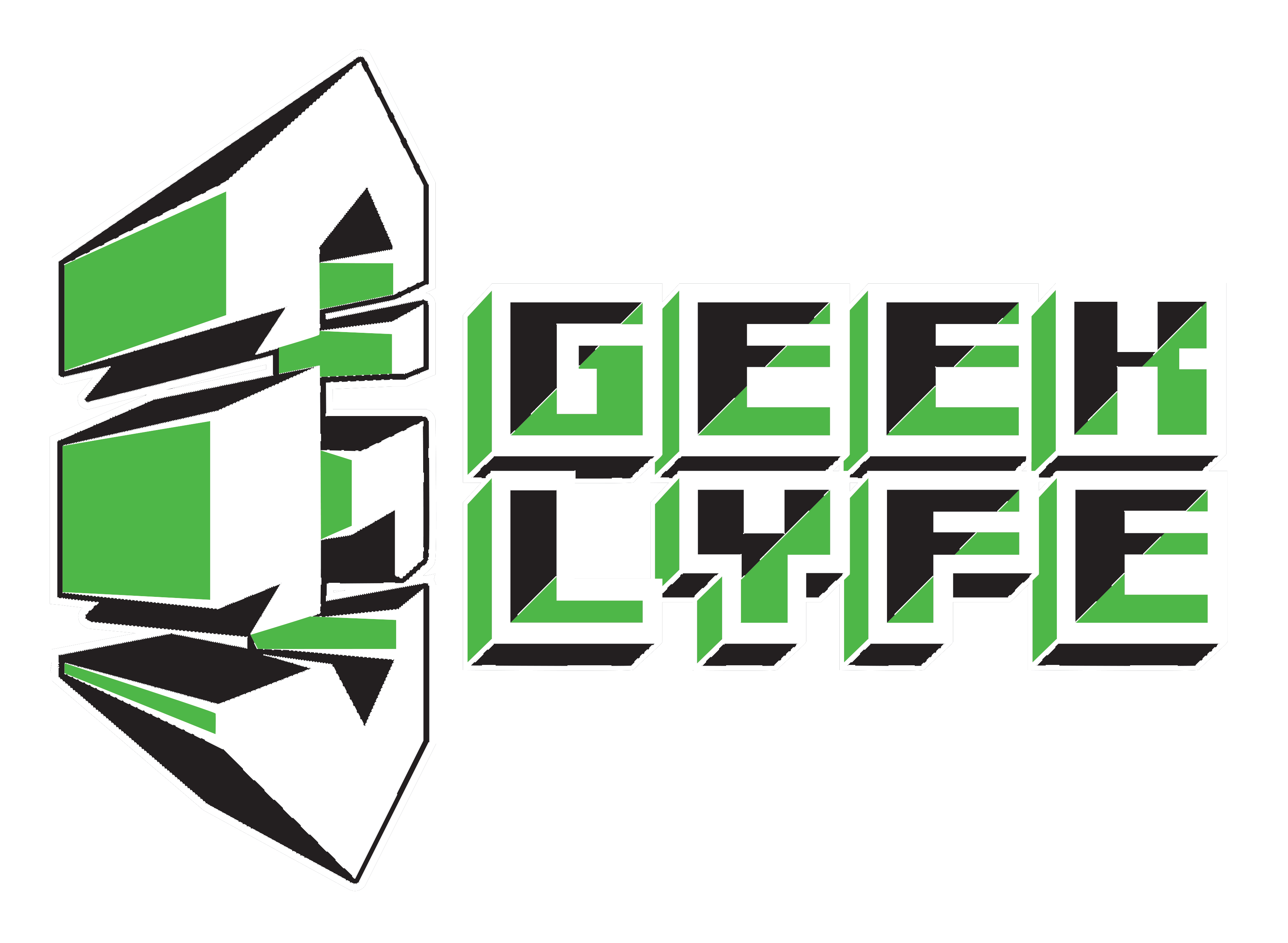The Origins of Dungeons & Dragons: A Journey Through Fantasy and Innovation

Dungeons & Dragons (D&D) is more than just a game; it is a cultural phenomenon that has influenced countless aspects of modern entertainment, from video games and literature to movies and television. But where did this iconic game come from, and how did it evolve into the sprawling, multi-faceted hobby it is today? The origins of D&D are a fascinating blend of creativity, collaboration, and a deep passion for fantasy storytelling.
The Seeds of Fantasy Gaming
The origins of Dungeons & Dragons can be traced back to the 1960s, a time when wargaming was a popular hobby among enthusiasts of military history and strategy. Wargames, which involved simulating battles using miniatures and complex rule sets, were predominantly focused on historical scenarios, allowing players to recreate famous battles from history. These games laid the foundation for the development of more imaginative and fantasy-based gaming experiences.
Gary Gygax, a key figure in the creation of D&D, was deeply involved in the wargaming community. Living in Lake Geneva, Wisconsin, Gygax was an avid player of wargames and a member of the International Federation of Wargaming (IFW). He was particularly interested in exploring new ways to expand the scope of wargaming beyond historical conflicts. This interest led him to collaborate with fellow enthusiasts, including Dave Arneson, who would become co-creator of Dungeons & Dragons.
The Birth of a New Genre: Chainmail
In 1971, Gygax co-authored a set of rules for medieval wargaming called Chainmail. This rulebook was groundbreaking because it included a section on “fantasy” combat, featuring mythical creatures like dragons, wizards, and elves. While Chainmail was still a wargame at heart, its fantasy supplement allowed players to engage in battles with more than just historical armies; they could now pit their forces against monsters and heroes from myth and legend.
Chainmail‘s fantasy supplement was a modest success, but it wasn’t until Dave Arneson introduced a revolutionary idea that the foundations of D&D truly began to take shape. Arneson was inspired by Chainmail‘s fantasy elements but wanted to push the concept further by focusing on individual characters rather than armies. He envisioned a game where players could take on the roles of specific heroes, embark on quests, and explore dangerous dungeons filled with monsters and treasure.
Blackmoor: The First Campaign
In 1972, Arneson began experimenting with his new idea by creating a campaign called Blackmoor. This campaign is often considered the first role-playing game (RPG), as it introduced the concept of players controlling individual characters who gained experience, treasure, and abilities as they ventured through a fictional world. Arneson’s Blackmoor campaign featured many of the elements that would later become central to D&D, including character creation, leveling up, and dungeon exploration.
Arneson’s innovative approach caught the attention of Gary Gygax, who was intrigued by the potential of a game that focused on storytelling and character development rather than just tactical warfare. The two began collaborating, with Gygax refining and expanding upon Arneson’s ideas. They worked together to create a comprehensive set of rules that would allow players to fully immerse themselves in a fantasy world where anything was possible.
The Birth of Dungeons & Dragons
In 1974, after years of development and playtesting, Gygax and Arneson released the first edition of Dungeons & Dragons under the newly founded company Tactical Studies Rules (TSR). The original D&D boxed set, often referred to as “OD&D” or “Original D&D,” consisted of three small booklets: Men & Magic, Monsters & Treasure, and The Underworld & Wilderness Adventures. These booklets provided players with the basic rules for creating characters, fighting monsters, and exploring dungeons.
D&D was unlike anything that had come before it. While it drew inspiration from Chainmail and other wargames, it broke new ground by allowing players to create their own stories and adventures in a collaborative setting. The game emphasized imagination, creativity, and improvisation, with players and Dungeon Masters (DMs) working together to shape the narrative.
The early D&D community was small but passionate. The game spread through word of mouth, conventions, and newsletters, quickly gaining a dedicated following. Players were captivated by the freedom D&D offered, as they could create their own characters, invent their own worlds, and embark on epic quests limited only by their imaginations.
The Evolution of D&D
As D&D grew in popularity, it underwent significant changes and expansions. In 1977, TSR released the Advanced Dungeons & Dragons (AD&D) rule set, which was designed to standardize and clarify the rules, making them more accessible to new players. AD&D introduced iconic elements such as the multi-volume Monster Manual, Dungeon Master’s Guide, and Player’s Handbook, which are still staples of the game today.
Throughout the 1980s and 1990s, D&D continued to evolve, with TSR releasing numerous supplements, modules, and settings that expanded the game’s scope. Iconic settings like Greyhawk, Forgotten Realms, and Dragonlance provided rich, detailed worlds for players to explore, each with its own unique lore and history. These settings allowed DMs to run campaigns in established worlds or use them as inspiration for their own creations.
The 1990s also saw the rise of D&D-inspired video games, such as the Baldur’s Gate series and Planescape: Torment, which brought the game’s mechanics and storytelling to a digital audience. These games further popularized the D&D brand and introduced new players to the world of tabletop role-playing.
Challenges and Resurgence
Despite its success, D&D faced challenges in the late 1990s. TSR encountered financial difficulties, leading to its acquisition by Wizards of the Coast (WotC) in 1997. Under WotC’s stewardship, D&D was revitalized with the release of the Third Edition in 2000, which streamlined the rules and made the game more accessible to a new generation of players.
In the years that followed, D&D continued to grow in popularity, aided by the rise of online communities, live-streamed games, and podcasts. The release of Fifth Edition in 2014 marked a new era for the game, combining the best elements of previous editions with modern design sensibilities. This edition has been widely praised for its accessibility, flexibility, and emphasis on storytelling.
Conclusion
Today, Dungeons & Dragons is more popular than ever, with millions of players around the world participating in campaigns both in person and online. The game has transcended its origins as a niche hobby to become a global cultural phenomenon, inspiring countless creators and bringing people together through the power of shared storytelling.
The origins of D&D are a testament to the creativity and passion of its creators, who dared to imagine a game where the only limits were those of the players’ imaginations. From its humble beginnings in the wargaming community to its status as a cultural icon, Dungeons & Dragons continues to inspire and captivate players of all ages, proving that the magic of storytelling is truly timeless.
Chicano | Fighting/Writing for Diversity | DM since 08 | Anime Lover | Site: https://www.thegeeklyfe.com | info@thegeeklyfe.com | http://twitch.tv/that_deangelo | https://linktr.ee/deangelomurillo




